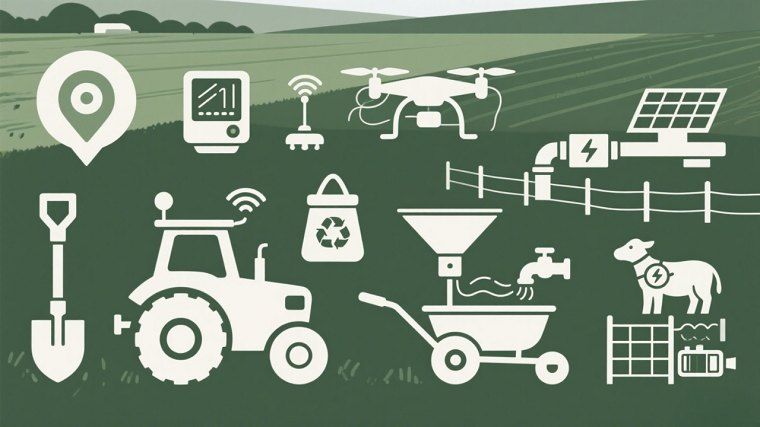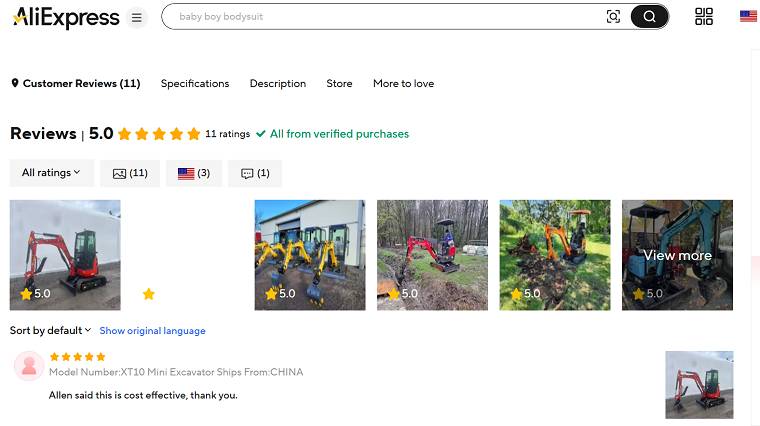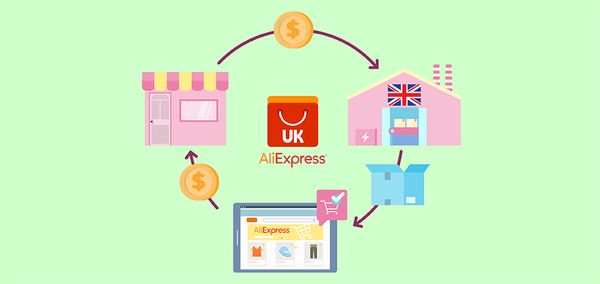2025 Farm Products Seller’s Guide: Boost Profits Now

The farm products industry is rapidly evolving as technology and sustainability reshape agriculture. To stay competitive in 2025, it’s vital to understand how modern farmers buy and what this means for your business.
The global electric tractor market is projected to reach $194 million this year, while the autonomous farm equipment market is expected to hit $76.5 billion worldwide. These trends highlight a clear shift toward smart, sustainable farming tools.
This guide explores the most profitable equipment, pricing strategies, and key supplier tactics to help you adapt and grow in this changing market.
Farmers’ Tool Buying Habits Exposed
You know farmers prioritize practical solutions that withstand demanding conditions. Their purchasing habits reflect real-world needs, here's how you can align your business with their expectations:
Seasonal Demand Drives Purchases
Your customers' buying cycles follow planting and harvest seasons. To serve them best:

- Stock up on essentials before peak demand periods
- Schedule promotions when farmers are preparing for new seasons
- Create bundled offers for commonly needed equipment
Quality Trumps Price Every Time
Farmers consistently show they're willing to invest more in tools that will stand up to heavy use over time. They value:
- Equipment that minimizes breakdowns and repairs
- Strong warranty coverage and dependable service
- Products proven through real field testing

|
Find Better Supplier For Products DSers Supplier Optimizer - One click to filter out the most proper suppliers for your products |
Digital Research Shapes choices
Today's farmers are highly informed consumers, thoroughly researching online before making any purchase. For effective outreach to this discerning audience, be sure to:
- Provide complete technical specifications
- Share authentic customer testimonials
- Offer demonstration videos showing tools in action
Building Brand Trust While Introducing Innovation
While farmers have a strong allegiance to trusted brands, they are willing to adopt innovations that bring clear advantages. You can:
- Conduct live field demonstrations
- Share case studies showing measurable results
- Offer trial periods to reduce risk
Earning Long-Term Loyalty
In agriculture, farmers stay loyal to suppliers who grasp the intricacies of their work. To fortify these relationships, focus on:
- Providing no-nonsense, practical advice
- Delivering exceptional after-sales support
- Consistently demonstrating your farming knowledge
The bottom line? When you combine durable products with genuine agricultural expertise, you earn farmers' trust-and their repeat business. Focus on reliability, transparency, and real-world value to build lasting partnerships with your farm customers.
Top Farm Products to Sell and How to Price Them Smartly
Farming equipment demand is rapidly evolving due to technology and sustainability trends. To maximize profits, focus on stocking farm products that increase efficiency, reduce labor, and appeal to eco-conscious buyers.
Popular Farm Products Categories

- Smart Farming Technology: GPS-guided tractors, yield monitors, sensors, and drones help optimize resources.
- Sustainable Solutions: Solar irrigation, electric fencing, biodegradable inputs, and water-saving systems meet eco-friendly demands.
- Manual Tools & Small Machinery: Ergonomic hand tools, battery-powered tillers, and heavy-duty carts remain essential for small-scale and precision work.
- Livestock Management: Automated feeders, wearable animal sensors, and portable handling systems boost animal welfare and productivity.
- Compact Electric Tractors: Quiet, low-maintenance tractors ideal for small farms and organic operations, often available with flexible financing.
Smart Pricing Strategies
- Price based on value, not just cost—highlight long-term savings and durability.
- Use charm pricing (e.g., $497 instead of $500) and show original vs. discounted prices to enhance perceived value.
- Offer seasonal promotions and bundle deals to increase average order size.
- Consider layaway or financing plans for higher-priced farm products to reduce buyer hesitation.

|
Adapt Your Product Prices Automatically DSers Automatic Pricing - Pre-set Pricing Rule to mark-up your product price automatically |
Sustainable Farming Solutions
Sustainability is no longer optional — it’s a must-have for modern farm products. Farmers are actively seeking eco-friendly equipment that reduces environmental impact and saves costs in the long run.
- Renewable-Powered Equipment: Solar irrigation systems lower energy bills while supporting green farming.
- Electric Fencing: Quiet, durable, and maintenance-friendly, these fences are ideal for sustainable livestock management.
- Biodegradable Inputs: Plant-based mulch films and compostable planting supplies reduce plastic waste on farms.
- Water-Saving Tech: Smart irrigation and rainwater harvesting systems optimize water use, crucial for drought-prone regions.
By focusing on these popular product categories and applying smart pricing strategies, sellers can better meet farmers’ evolving needs while maximizing profitability. Tailoring your offerings and pricing to deliver clear, long-term value is key to standing out in the competitive farm products market.
Farm Tool Suppliers: Build Trust Fast
In today's agricultural market, where trust is crucial and farmers demand verifiable evidence, DSers help suppliers optimize their operations. By leveraging DSers' features, suppliers can enhance communication, showcase product reliability, and offer personalized services, thus building strong, trustworthy relationships with farmers.
The New Trust Toolkit for Modern Agriculture
A. Digital Proof Points That Build Confidence
The era of staged product photos and scripted testimonials has come to an end. Today's farmers want to see equipment performing in real-world conditions. Forward-thinking suppliers are now offering:

- Continuous live feeds from actual customer farms showing tools in daily operation
- Blockchain-verified maintenance records that provide tamper-proof equipment histories
- Real-time performance dashboards accessible through mobile apps
B. Revolutionary Risk Reversal Approaches
The most effective suppliers are removing all perceived risk from the purchasing decision:
- Industry-leading guarantee programs that tie directly to farm productivity metrics
- Smart inventory systems that automatically dispatch spare parts before failures occur
- Flexible upgrade programs for rapidly evolving technologies
C. Next-Generation Community Engagement
Building authentic connections has moved beyond trade shows and brochures:
- Immersive virtual reality experiences that transport farmers to demonstration sites
- Dedicated online communities where farmers exchange real usage tips
- Interactive knowledge bases powered by actual user experiences
What Builds Trust in 2025
The trust signals that resonate most strongly with today's farmers include:
- Transparent Performance Metrics: Showing actual reliability data rather than just making claims
- Environmental Accountability: Clear documentation of sustainability benefits
- Authentic Peer Validation: Uncensored feedback from fellow farmers with proven outcomes
The most successful suppliers understand that trust is no longer built through promises, but through transparency and measurable results. By implementing these approaches, you position your business as a true partner rather than just another vendor.
Real Success Story: How Smart Tools Helped One Farm Product Seller Grow
GreenFields Supply is a medium-sized farm equipment seller. They noticed many farmers wanted smart tools like GPS tractors and soil sensors.
Instead of just cutting prices, they made different packages—from basic to advanced—and showed farmers how these tools save money over time. They also ran special sales before planting season.
After a year, their sales went up by 30%, more customers came back, and they had fewer product returns because they gave better info and support.
This story shows that understanding farmers’ needs and offering real value can really boost your business.
This success shows key ways to grow your farm products business:
- Offer what farmers want: Focus on smart tools like GPS tractors.
- Price for value: Show how products save money over time.
- Time promotions right: Run sales before planting season.
- Support customers well: Clear info and quick help reduce returns.
- Build trust: Educate buyers to encourage repeat sales.
Use these tips to boost sales and build loyal customers.
Conclusion
The 2025 farm equipment market rewards suppliers who combine cutting-edge automation with genuine farmer-centric solutions.
Success will belong to those who move beyond traditional sales approaches and become true agricultural partners. This means offering data-backed performance guarantees, introducing sustainable innovations, and creating pricing models that prove long-term value.
In an era of smart farming, trust and technological relevance will separate market leaders from the competition.
FAQ for First-Time Farm Product Sellers
Q1: What matters most to farmers when buying farm products?
A: Farmers prioritize durability, reliability, and long-term value. They want equipment that works hard, lasts long, and minimizes downtime.
Q2: How detailed should my product listings be?
A: Very detailed. Include dimensions, materials, warranty info, usage tips, and performance data. Add videos or real-farm photos whenever possible.
Q3: How do I earn a farmer’s trust if I’m a new seller?
A: Be transparent about what your products can and cannot do. Offer risk-reduction options like trial periods, and back them with responsive support.
Q4: Should I focus on price or value?
A: Always highlight value. Farmers will pay more for tools that save them money or time over the long run. Use clear ROI-based language.
Q5: When is the best time to promote farm products?
A: Before planting and harvesting seasons. Launch early-bird promotions or bundled deals timed to those key cycles.
Q6: What types of content help drive sales?
A: Real-world proof works best—farm demo videos, customer reviews, and usage case studies. Keep it practical and authentic.
Q7: How can I reduce returns and complaints?
A: Guide buyers to the right product with clear descriptions, realistic claims, and easy-to-understand setup instructions. Follow up post-sale when possible.











 Company
Company
 Why Choose DSers
Why Choose DSers
 Blog
Blog
 Help Center
Help Center




 Live Chat
Live Chat